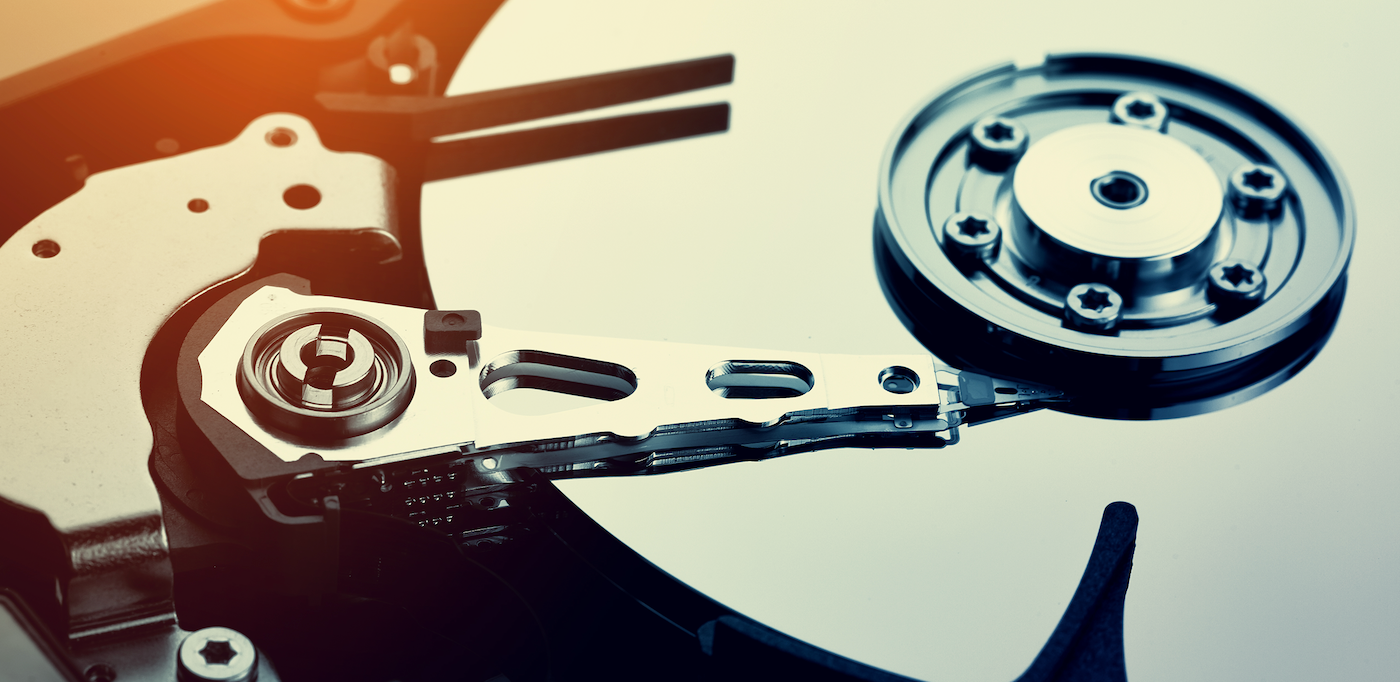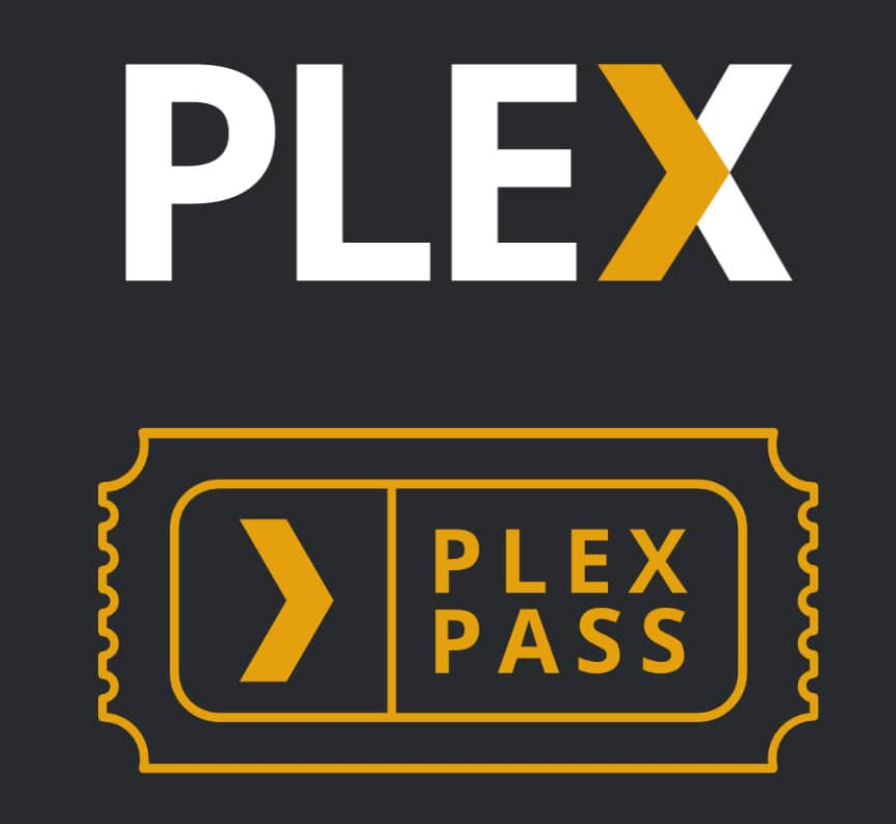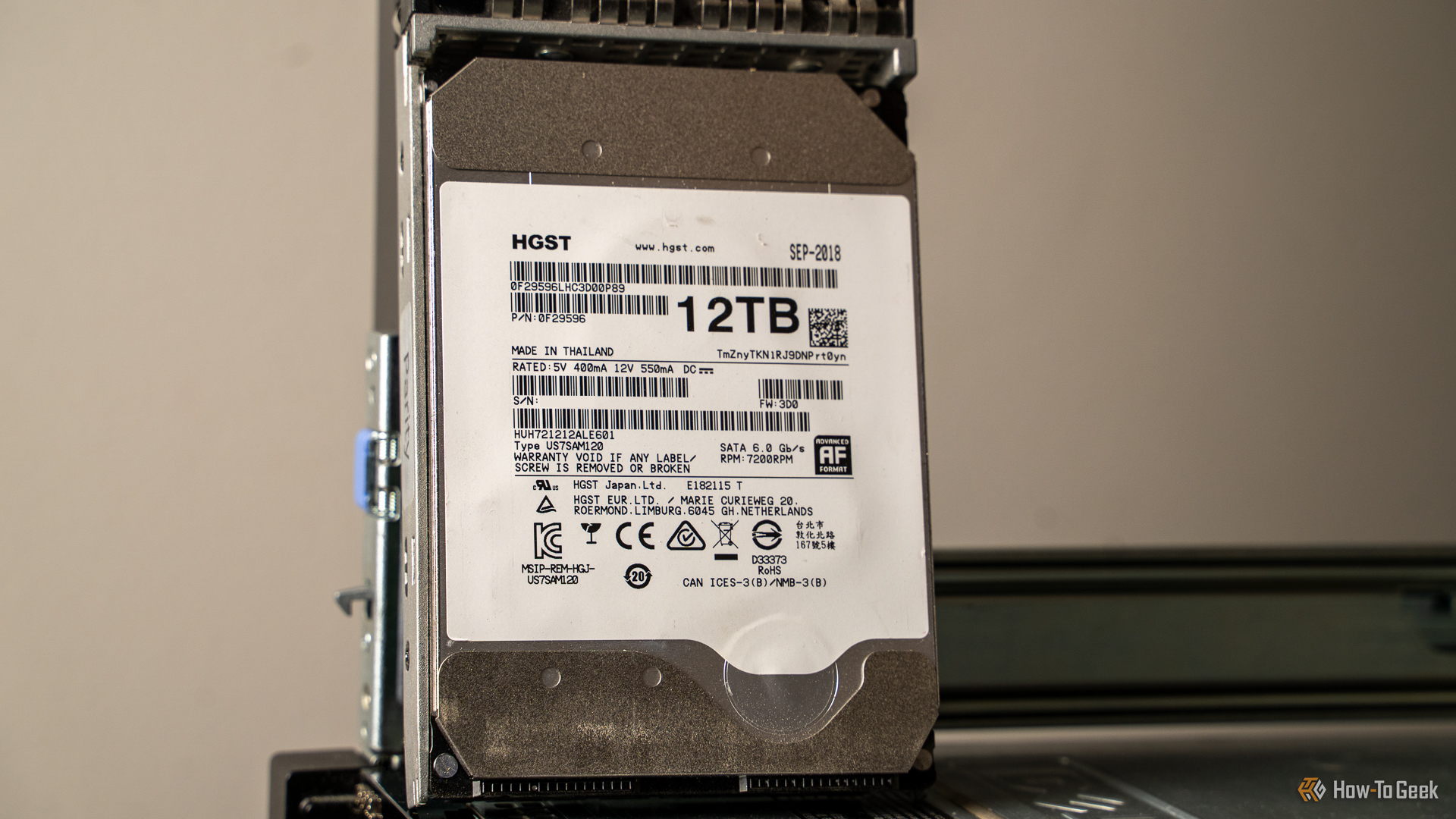RAID is typically the go-to method for redundancy in servers, and it definitely has stood the test of time. What if I told you I intentionally stopped using RAID on my Plex server? Here’s why.
RAID Requires All Drives to Be the Same Size
My first home-built NAS ran on TrueNAS, which utilizes a traditional RAID structure for its drives. While TrueNAS handles all the RAID software-side (which I’ll get to why that can be important in a moment), I still was almost immediately turned off from using RAID.
One of the biggest drawbacks to RAID, in my opinion, is that it requires all drives to be the same size. I had a wide range of storage drive sizes that I wanted to use for my NAS, including 3TB, 4TB, 6TB, and 8TB drives.

Related
Which Type of RAID Should You Use For Your Servers?
RAID, or "Redundant Array of Inexpensive Disks," is the process of combining multiple hard drives or SSDs in parallel as one logical volume, making the array more resistant against drive failures.
With traditional RAID, all of those drives would have been limited to 3TB of storage. This means that I’d only use 50% of the available space on the 6TB drives, and around 35% of the 8TB drives. The rest would sit unused.
This felt like a waste to me. I had the drive space, why couldn’t I use it? I understand how RAID works, and why it works that way, but I wasn’t happy with it. There had to be a better solution.
If Your RAID Controller Fails (or Even Your OS), the Data Is Gone
While TrueNAS (and other software-based RAID systems) can typically be “portable” in that you can move the OS (Operating System) to a new system and your data goes with it, that still makes you rely on that OS not to fail. The operating system has the information pertaining to what data goes on what drive, and that's the only way to access the data.
If you use a hardware-based RAID controller, and the controller dies, there’s a chance your data is gone too. The drives could be completely fine, but if the RAID controller goes corrupt, there’s a chance you lose your data.
With the way that RAID works, if you don't have the "key" that tells the system how to decode the drives, none of the information is accessible.
This was something I didn’t want to leave to chance. Hardware fails, operating systems get corrupted, and I wasn’t a fan of leaving my data in the hands of those things. Sure, lots of people do and failures are rare, but why put it to chance?
Just like the limitation of having all the drives the same size (or limited to the smallest drive), I knew there had to be a better solution to my storage woes—and I was right.

A Plex Pass subscription takes your media server to the next level, with remote streaming, hardware transcoding, offline downloads, and more.
Unraid’s Parity System Solves All These Problems
 Lucas Gouveia/How-To Geek | AlexLMX/Shutterstock
Lucas Gouveia/How-To Geek | AlexLMX/Shutterstock
Where RAID fails me, Unraid succeeds. Yes, Unraid is a paid operating system with its own limitations, but it does everything I need and more.
Instead of relying on RAID, Unraid uses a parity system to keep your data redundant. Essentially, the way Unraid’s parity works is that it uses a calculation of the parity drive plus all of your other drives to know what the parity drive should be set to. Either a 0 or 1.
This happens for every bit on the drive, and it means you can use drives of any size in the server without issue. The only limitation to drive size is the size of your parity drive. It has to be the biggest (or equal to the biggest) drive in your system.
My current Unraid server uses a 12TB drive for parity, and then I have 4TB, 6TB, and 8TB drives under it that all combine to give me the storage pool I have access to. When I want to swap things around, I just spin the array down, pull a drive, and replace it. It then rebuilds the parity, and I’m good to go.
Another way this is nice is when you have a drive failure. I know, drive failure and nice in the same sentence? Sometimes.
I recently had both a 6TB and 4TB drive fail on my Unraid server. Since I had plenty of storage space left on the other drives, I actually was able to move data from the failed drives to the good drives and then just remove the failed drive from the array.
 Patrick Campanale / How-To Geek
Patrick Campanale / How-To Geek
How is that possible? Well, unlike RAID, which distributes pieces of files across all drives, Unraid stores whole files on each drive and gives you access to them directly. In fact, you can pull a drive from an Unraid server and plug it into any Linux machine to access the data.
This means that I’m not worried about a RAID card or OS failure putting my data at risk. I might lose my array configuration and have to rebuild that to get the server up and going, but I can access my individual drives and the files they contain from nearly any computer.
All of this combined to give me more flexibility and capabilities than I’d typically get from a traditional RAID array. Sure, Unraid’s read and write performance are less than that of ZFS, but the storage capabilities are much greater.
This is just one of the reasons I chose Unraid over TrueNAS for my home server. There are several other factors that went into the decision, and price isn’t even on the list.
I think Unraid is worth every penny when it comes to the price the team charges. It’s a fantastic piece of software, extremely user-friendly, and runs on almost any hardware—including old enterprise-grade servers from eBay.

A Plex Pass subscription takes your media server to the next level, with remote streaming, hardware transcoding, offline downloads, and more.
.png)



